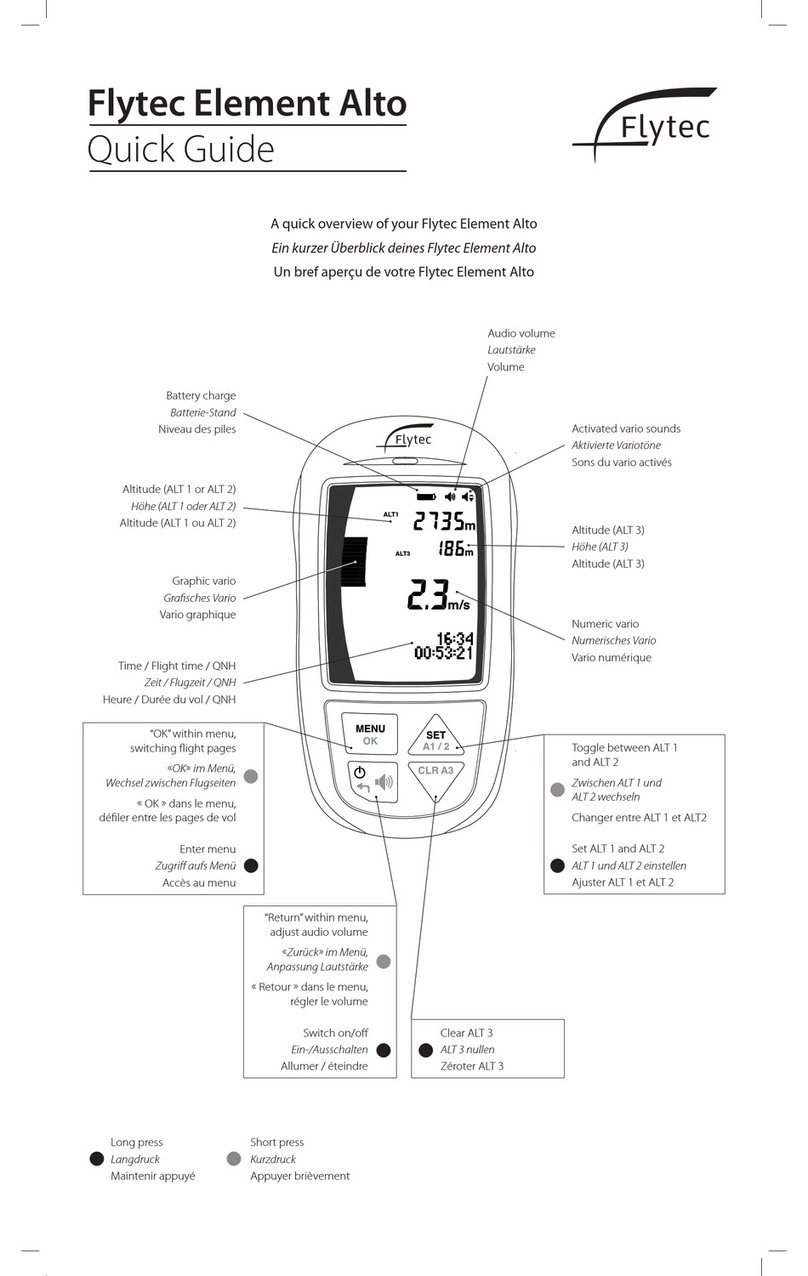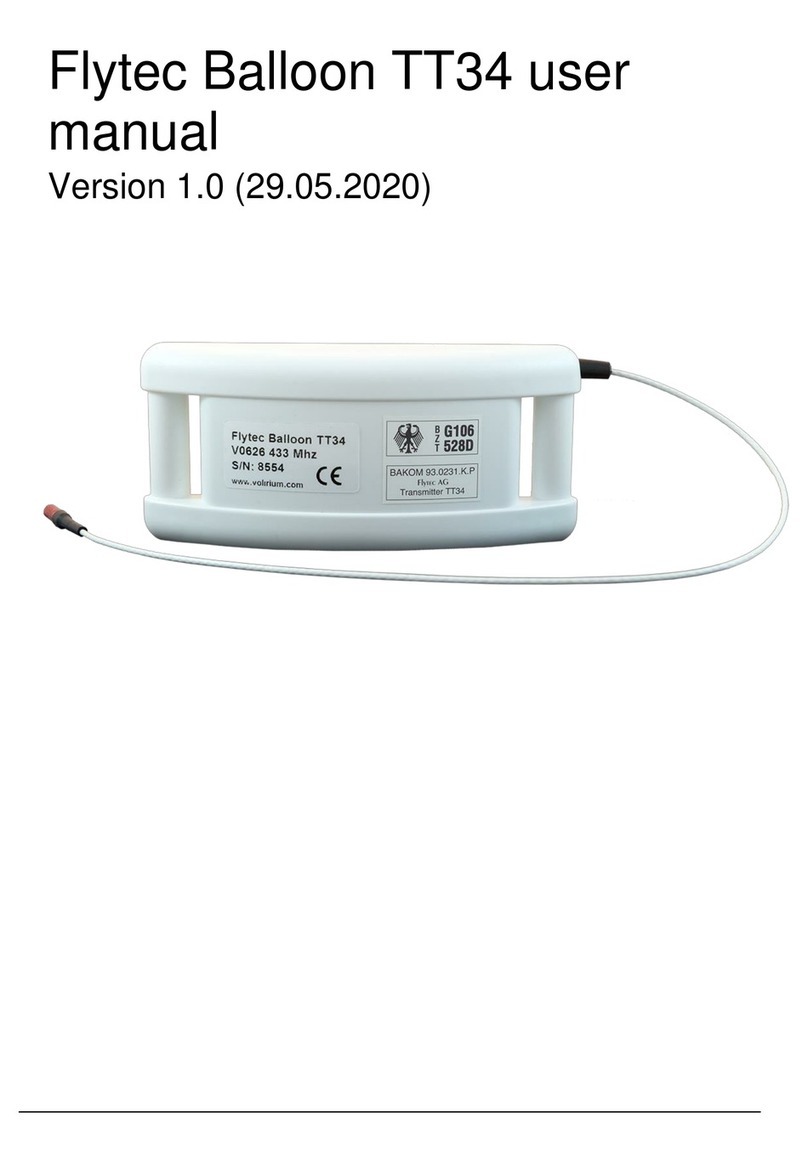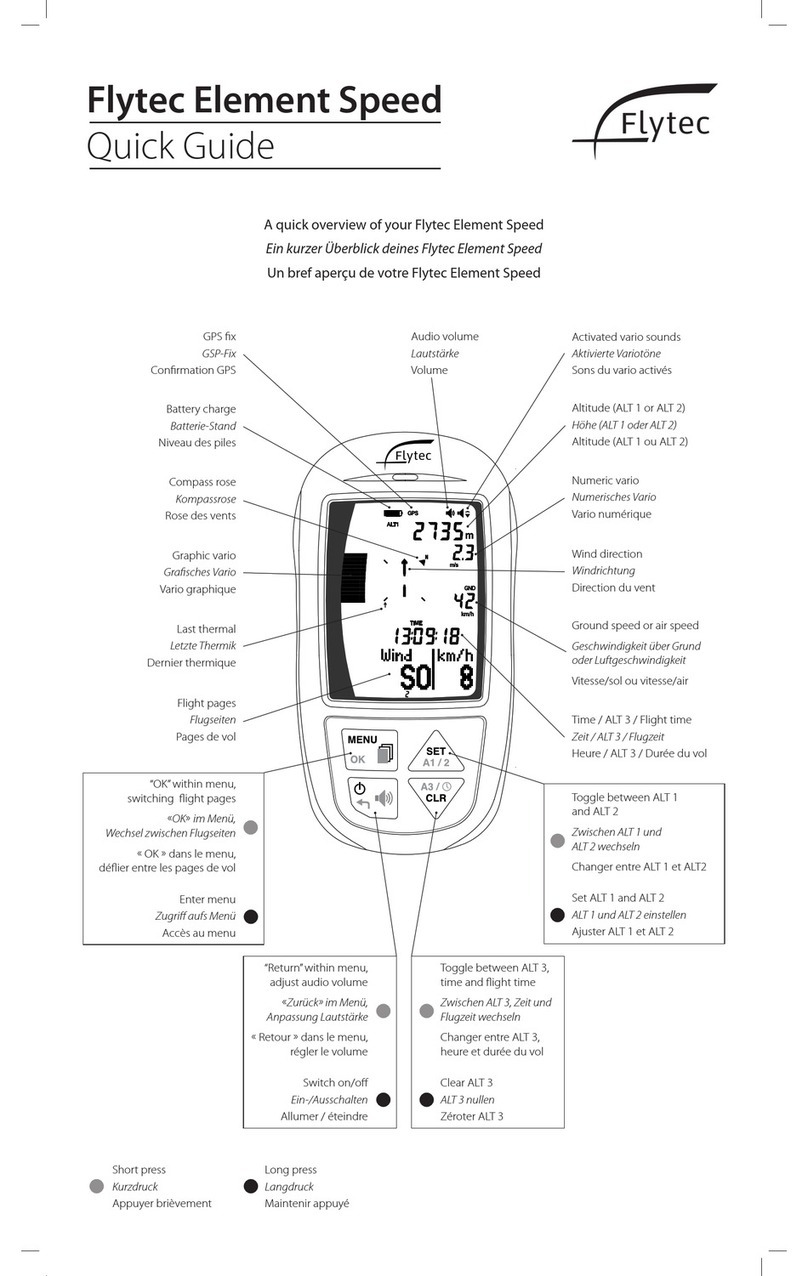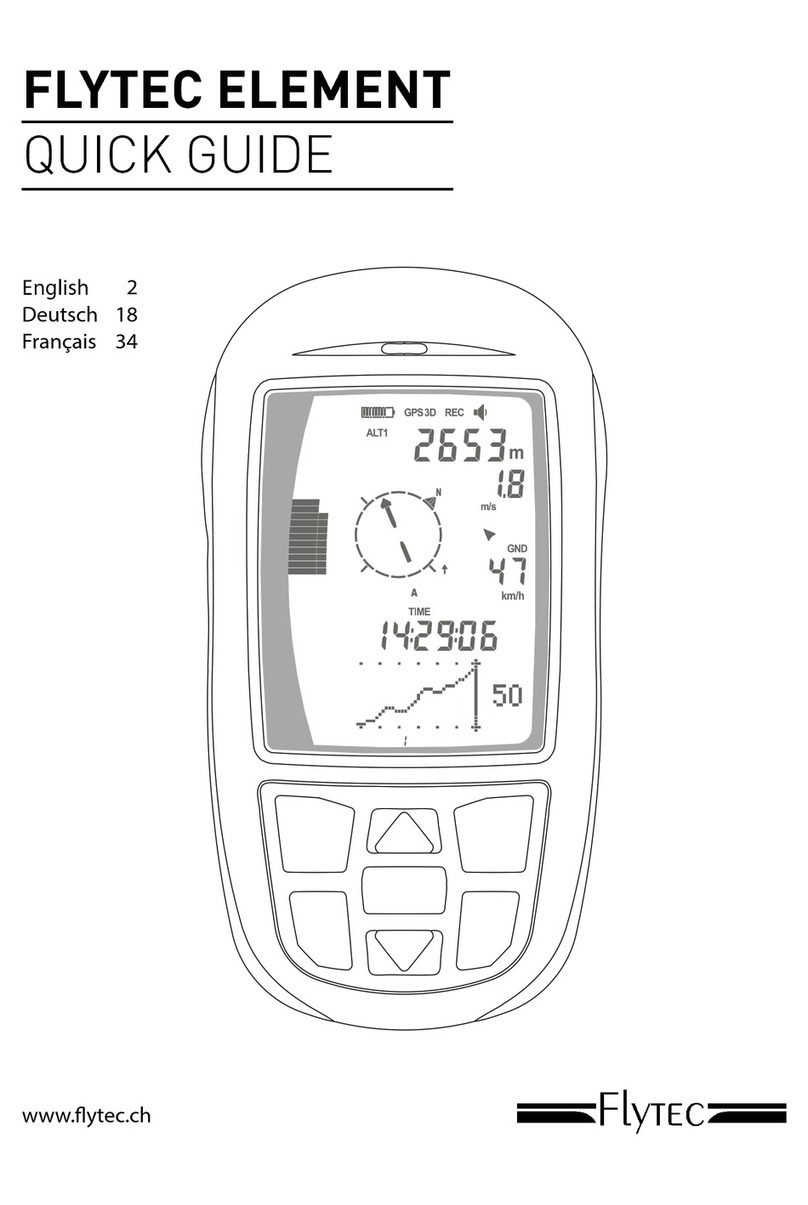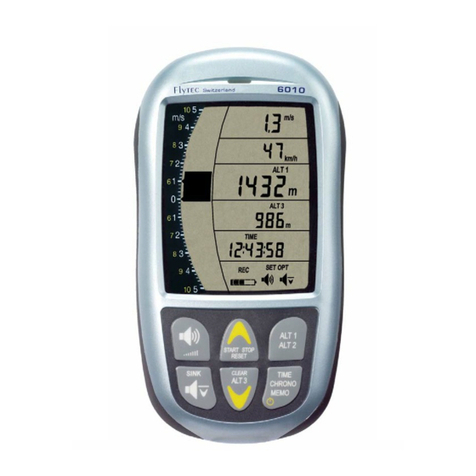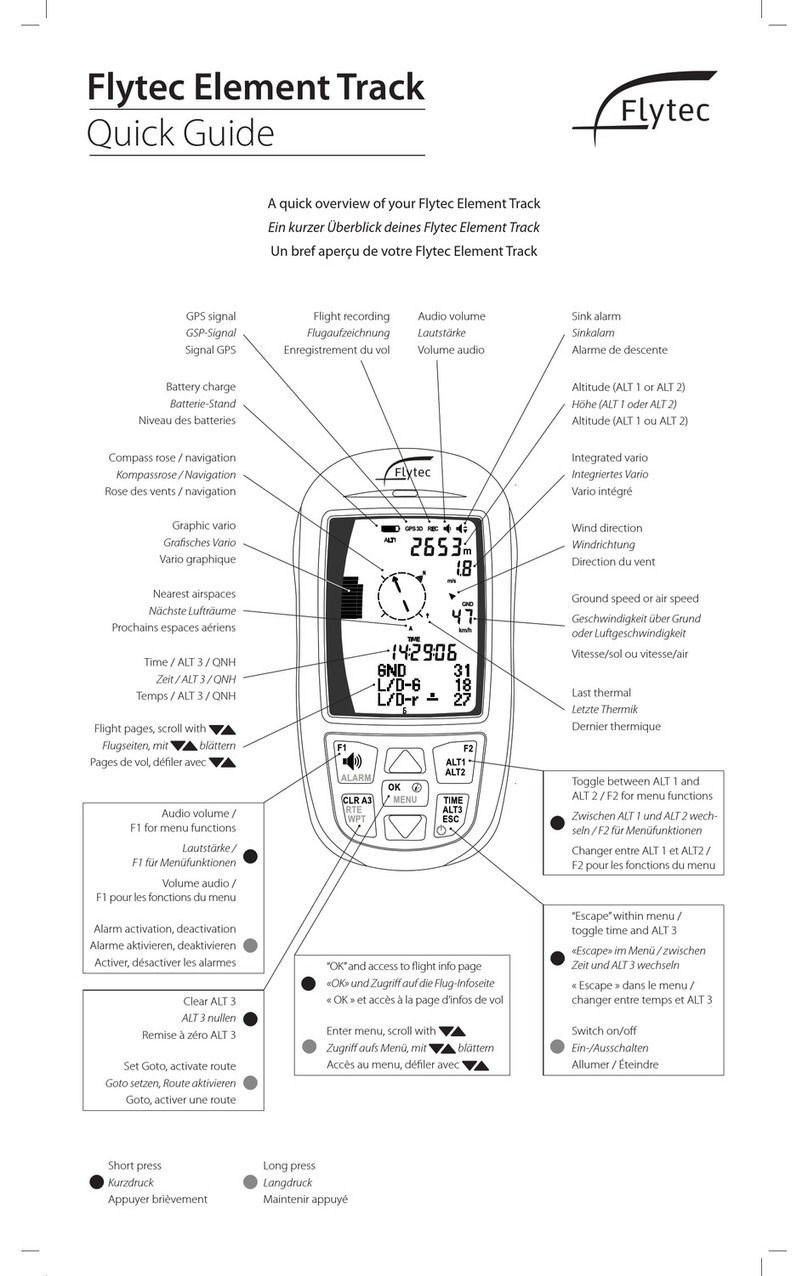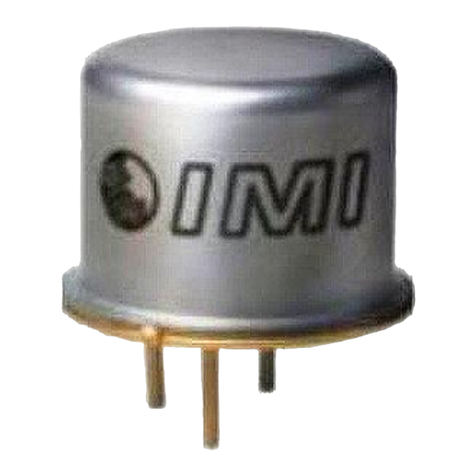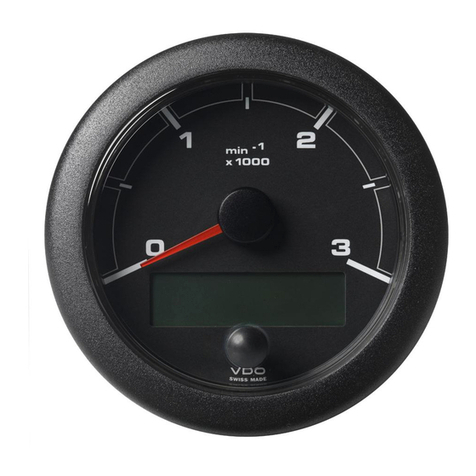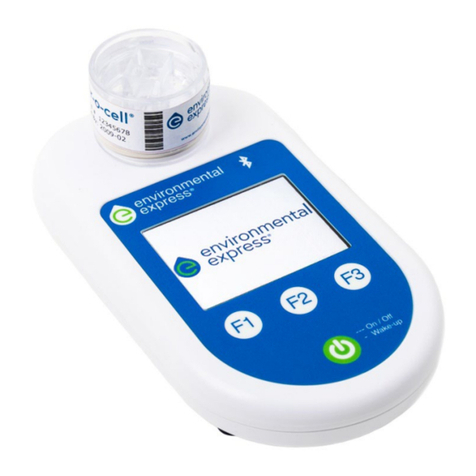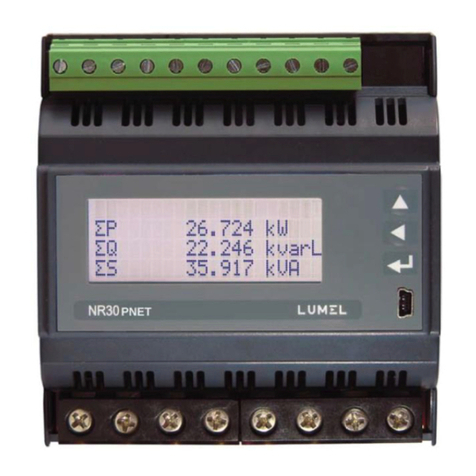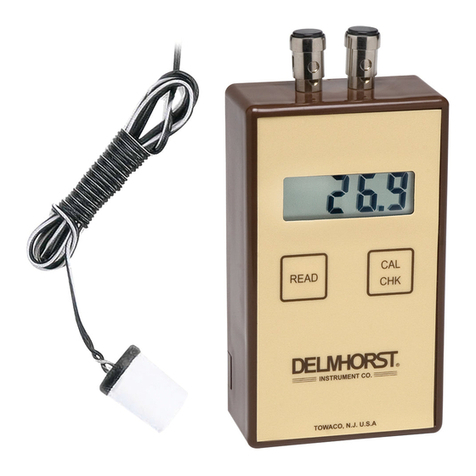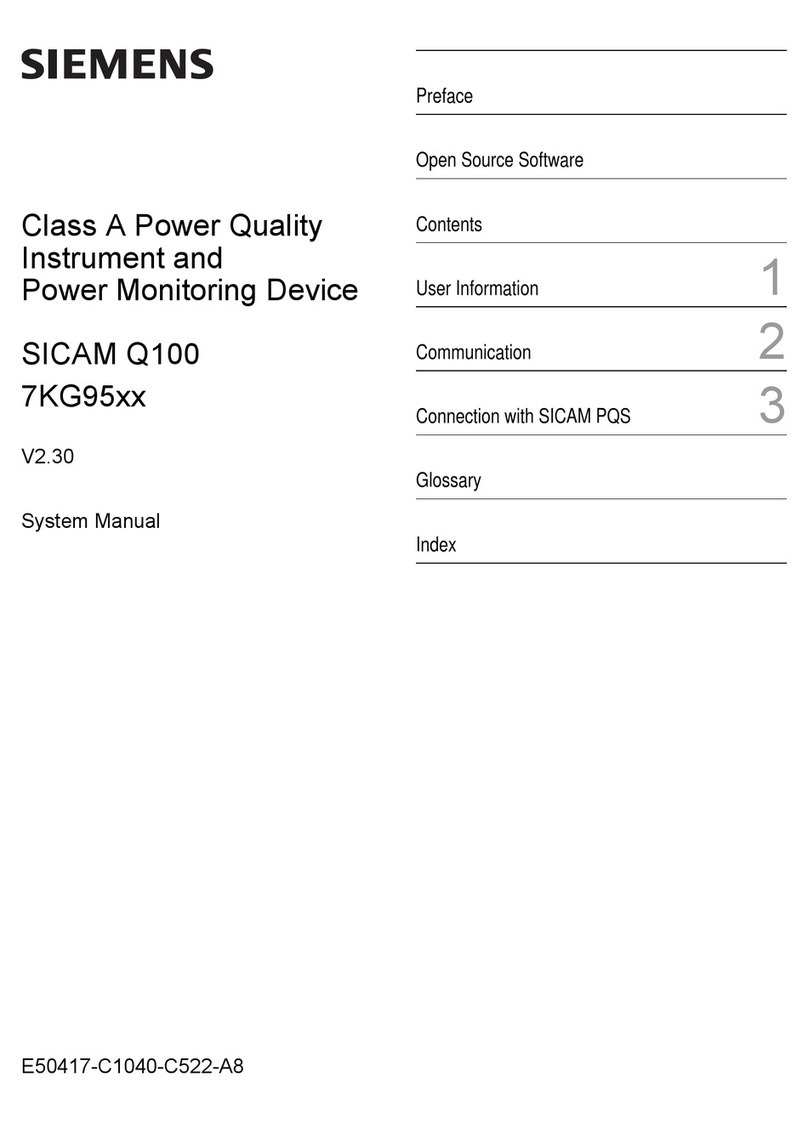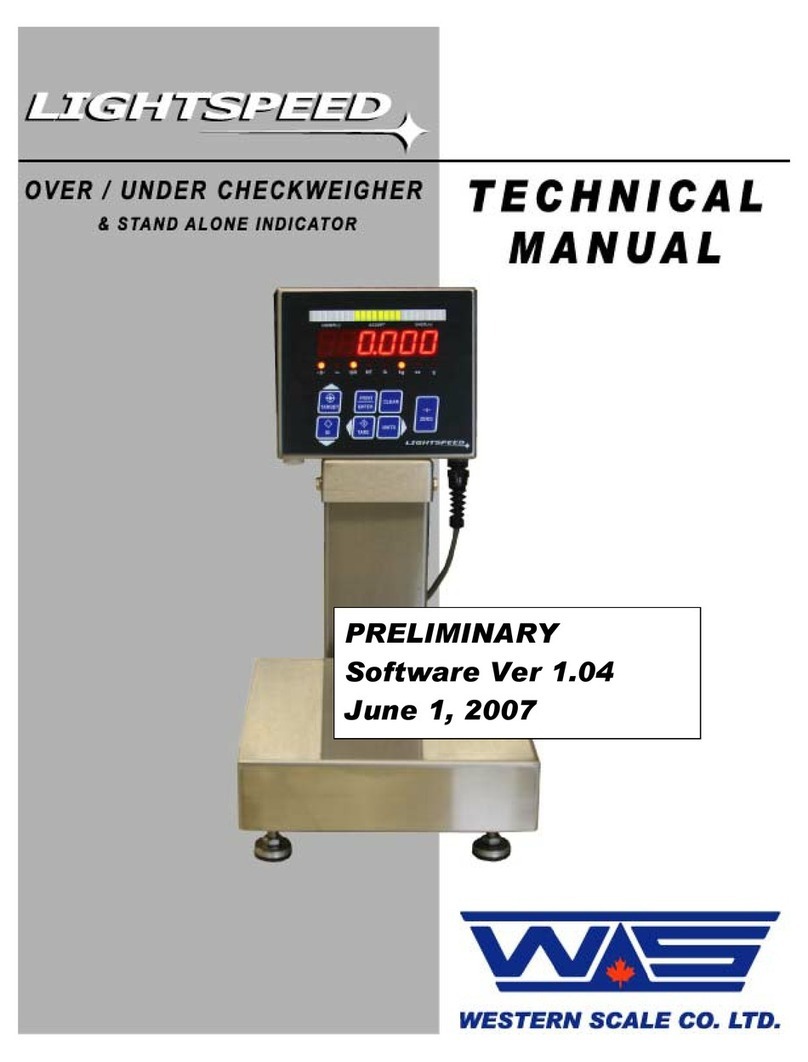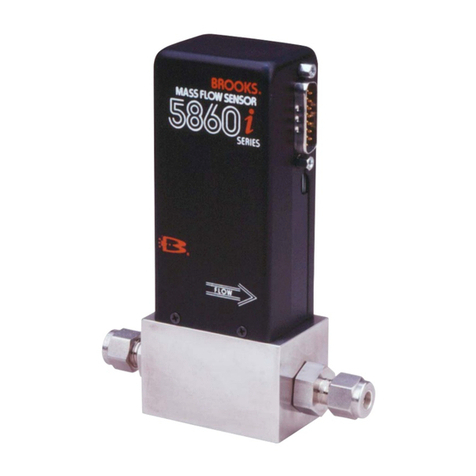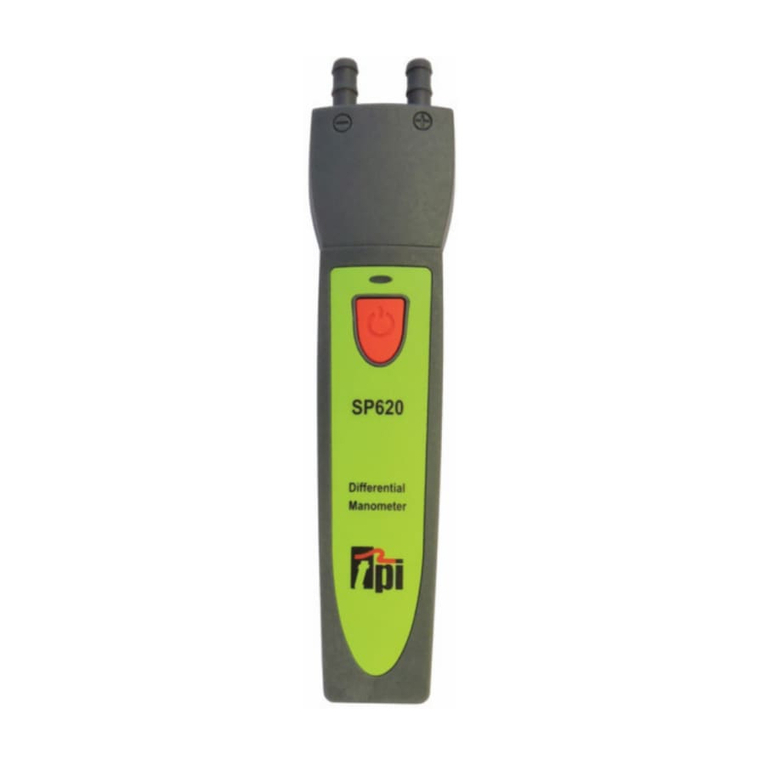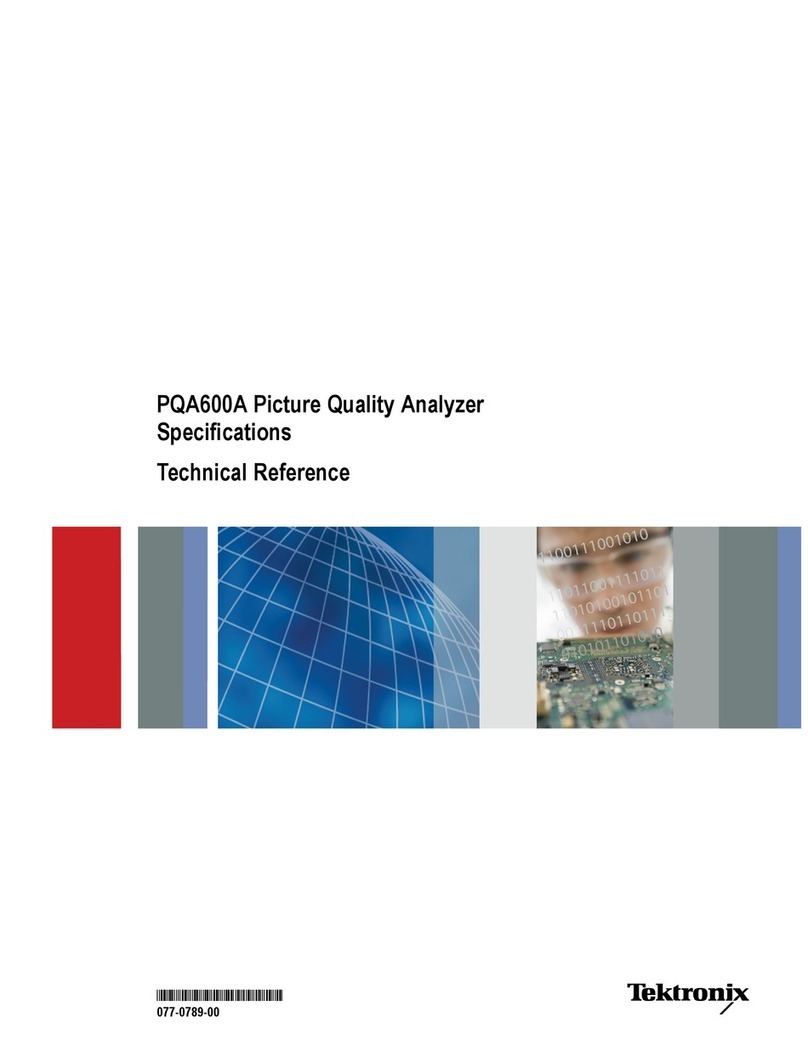© Flytec USA 2007-2012 All rights reserved 2Printed on 100% post-consumer recycled paper
Warning! Read before you proceed! Warning!
This instrument should not be used as an indicator of safe flying parameters. This instrument
should only be used for informational purposes. Aviation can be a hazardous and possibly fatal
activity. As a pilot, you are entirely responsible for your own safety and the safety of others
around you. Pilots should abide by applicable aviation authority regulations and use best
judgment for safe flying at all times, irrespective of instrument readings. Flytec is not responsible
for loss or injury caused by the use of this instrument. You assume all risks associated with
flying and the use of this instrument. Individuals who ignore this warning do so at their own risk
and may suffer serious personal injury, property damage, or death. If you are unwilling to
assume all of the risks associated with the use of this instrument, do not use the instrument.
Return it immediately, unused with all of its included items, within 30 days of the date of
purchase, for a full refund. Please note that instruments showing signs of use or those that have
been damaged or modified in any way cannot be accepted for return.
Table of Contents
Warning! Read before you proceed! Warning! ..................................................................................... 2!
1.!Instrument overview........................................................................................................................... 3!
2.!Basic operation................................................................................................................................... 4!
2.1!Turning on the Instrument............................................................................................................... 4!
2.2!Turning OFF the Instrument............................................................................................................ 4!
2.3!Automatic switch Off: ...................................................................................................................... 4!
2.4!Multifunction keypad ....................................................................................................................... 5!
2.5!Operating modes ............................................................................................................................ 5!
3.!The Altimeter....................................................................................................................................... 6!
3.1!Altimeter.......................................................................................................................................... 6!
3.2!Setting the Altimeter........................................................................................................................ 6!
4.!Variometer........................................................................................................................................... 7!
4.1!Graphic Variometer......................................................................................................................... 7!
4.2!Digital Variometer ........................................................................................................................... 7!
4.3!Descent tone................................................................................................................................... 8!
5.!Wind speed ......................................................................................................................................... 8!
6.!Time functions .................................................................................................................................... 8!
6.1!real time clock ................................................................................................................................. 9!
6.2!Set time........................................................................................................................................... 9!
6.3!Stopwatch (Chrono) ........................................................................................................................ 9!
7.!Temperature...................................................................................................................................... 10!
7.1!Ambient temperatur (AMB TEMP): ............................................................................................... 10!
7.2!Envelope Temperature Sensor (TT34) ......................................................................................... 10!
7.2.1!Envelope Temperature Display (ENV TEMP) ..................................................................... 11!
7.2.2!Pairing to a 3040 ................................................................................................................. 11!
7.2.3!Temperature sensor failure .................................................................................................12!
7.2.4!Mounting TT34 .................................................................................................................... 12!
7.3!Personal Temperature Alarm........................................................................................................ 12!
7.3.1!Set Threshold...................................................................................................................... 13!
7.4!Never-Exceed Temperature Alarm ............................................................................................... 13!
8.!Batteries ............................................................................................................................................ 13!
9.!Maintenance...................................................................................................................................... 14!
10.!Warranty .......................................................................................................................................... 14!
11.!Technical data.................................................................................................................................14!
12.!Mounting instructions for TT34 Temperature Transmitter ......................................................... 16!
13.!QNH Correction .............................................................................................................................. 17!
14.!Temperature Boundary layer on a Balloon envelope .................................................................18!


















